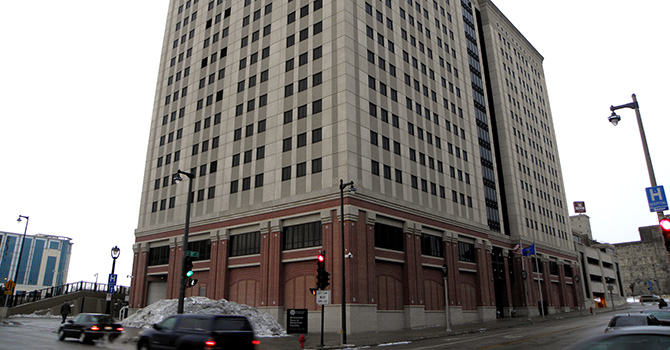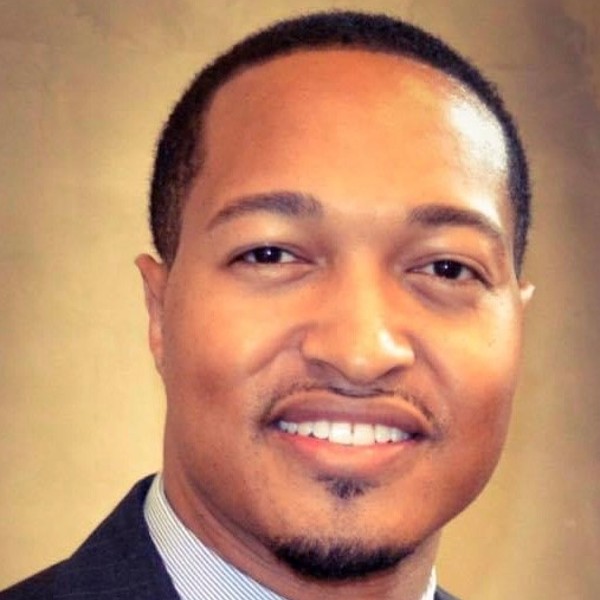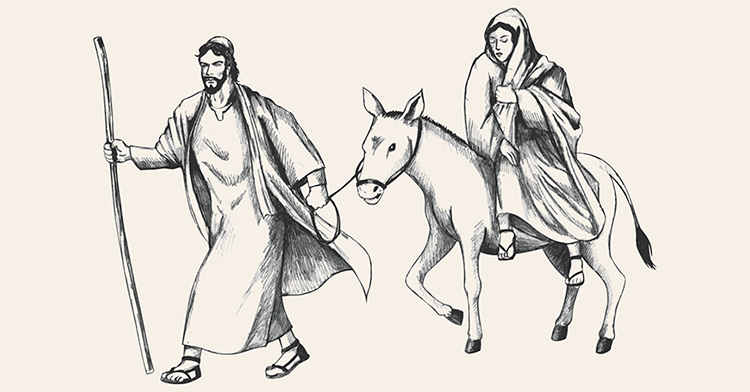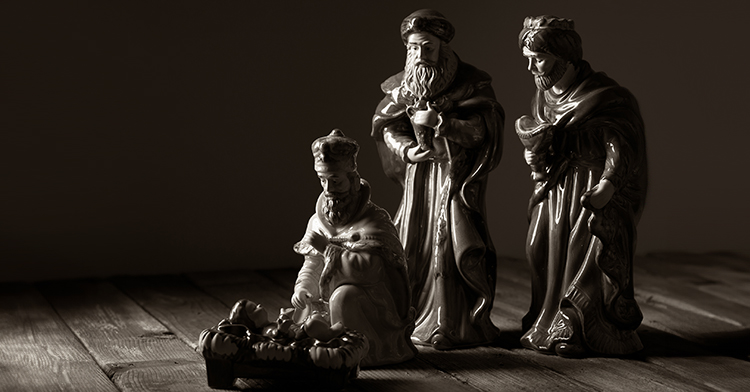The downtown Milwaukee Secure Detention Facility is a nondescript 15-story structure.
Its “windows” are a facade. Over 1,000 individuals are hidden in plain sight within an inner tower, denied natural light, air conditioning, programming and recreation. In the summer, the interior temperature is often over 90 degrees and -- with poor ventilation -- dangerous.
Most of the people inside are being held for noncriminal violations of parole. They are not allowed in-person visits from family or friends; in fact, they rarely leave cells that were built for one but now house two or three.
The average stay is 90 days, though many are held for six to 12 months. Eighteen people have died at MSDF since it opened in 2001, several after being denied help, and more than half of those inside suffer from serious mental illness.
Twelve of us met outside this gray-white building on New Year’s Eve in support of community demands for its closure on humanitarian grounds. We had heard how terrifying it felt to be bricked-in there, and we spent the 13-degree frozen evening shouting our rejection of this fortress, though we knew that only a merciful God, if anyone, could hear us.
The wind was stiff off Lake Michigan. Few cars passed, and only a few people hurried by on foot.
Still, we banged cooking pot “drums” with big spoons and proclaimed our resolve with the conch shell “trumpet” I had brought. I remembered a Haitian bishop telling me that when the conch shell is blown, it’s a call for revolution.
The sound of our tiny protest echoed off the concrete. Someone used a laptop to project “We know you are there” onto a building -- in letters less than a foot high.
After an hour, with handshakes and New Year’s wishes, we ran to our cars. It was a prayerful hour’s drive home. I couldn’t imagine being isolated like those we had left behind.
Of all the protests I’ve joined over 40 years, that little alternative New Year’s Eve was the unlikeliest.
Mostly strangers to one another and to those impacted, with not even an online audience for our presence, we were drawn that night to claim those rejected people for our community. We would enter the year together. It was love we’d shouted out.
Love for the next generation is why we take heart in the growing social engagement of young people across the world. Their inclusion is wise, and their urgency resonates deeply. They prompt me to reflect on what has sustained my own involvement through the frustration, division and discouragement of today’s world.
I am a joyful person, and I want joy to grace the next generation as well. As a parent, I know that the faith that has shaped me has not been communicated equally to our heirs.
With climate change, social unrest and political dysfunction growing, I want to offer an unlikely reflection on joy. Not the known joy we find in familial love, faithful friends, satisfying work and beauty; we can find our way to those cherished and sustaining gifts easily enough. What I want to consider is improbable joy, the joy we discover in unexpected places. Finding that kind of joy takes a different vision.
For lay mystic Caryll Houselander, joy was an integral capacity of Christian life. I discovered her thin volume “The Reed of God” in my 20s. It was not my usual fare, but her suggestion that we, like Mary, could live in joyful expectancy of Jesus -- amid whatever fears and discouragements threaten the human project -- has accompanied and encouraged me ever since.
We enter the joy by echoing Mary’s fiat -- that “Yes!” that “All in!” assent in which she made herself available to bring Christ into the world.
Houselander wrote from London during the early 1940s, during the bombing that decimated her city and turned Europe into an apocalyptic place of death, refugees and starvation. From that ruin, she wrote about hope:
In the face of all this I sit here in a bombed city and say that because a girl surrendered herself to God two thousand years ago, human nature can be constantly new; life always young; and everyone bring not death into the world but the miraculous life of the Spirit: everyone a bearer of Christ into the world.
Houselander’s Mary lived out hope and improbable joy even while searching the throng streaming out of Jerusalem for 12-year-old Jesus. She describes how Mary would have looked into the face of each young boy in that throng with the loving expectancy of a mother, uplifting each with her glance, certain that in one she would recognize her son.
She found him in the temple that time, then turning from her to the crowd later on, then betrayed and crucified -- and yet she kept searching. That image is her charge for all who would seek to follow him, and find joy.
Over the years, Jesus has led me to engage with refugees, immigrants, people with addictions and families without homes. I have often come to recognize Christ through some characteristic that reveals a person to be distinctly themselves.
Sometimes it is a glimmer of attitude, humor or even longing that has survived much trauma. But it is wholly their own. Meeting this person brings me joy. Sometimes I can help the individuals I meet; always I can acknowledge them.
These connections are available to us all for the price of stepping outside our comfort zones.
They have brightened my faith; they have enlarged my community and sustained my commitment to healing it.
They have also gifted me with surprises.
A month into the new year, a formerly incarcerated man stood up in a meeting about prison reform. He spoke of the egregious conditions of the MSDF and then shared that he’d been inside on New Year’s Eve.
“We heard people were outside for us, and word spread through the building. It was electrifying; people were whooping,” he said. “We knew that we were not forgotten.”
I was incredulous. Two layers of cement, only 12 of us below on a frozen, windy night?
Had they actually heard us -- or heard of us? I didn’t get to ask.
What I do believe is that hope and improbable joy broke through an impenetrable prison to people in darkness. It can happen again. And again. And again.
















